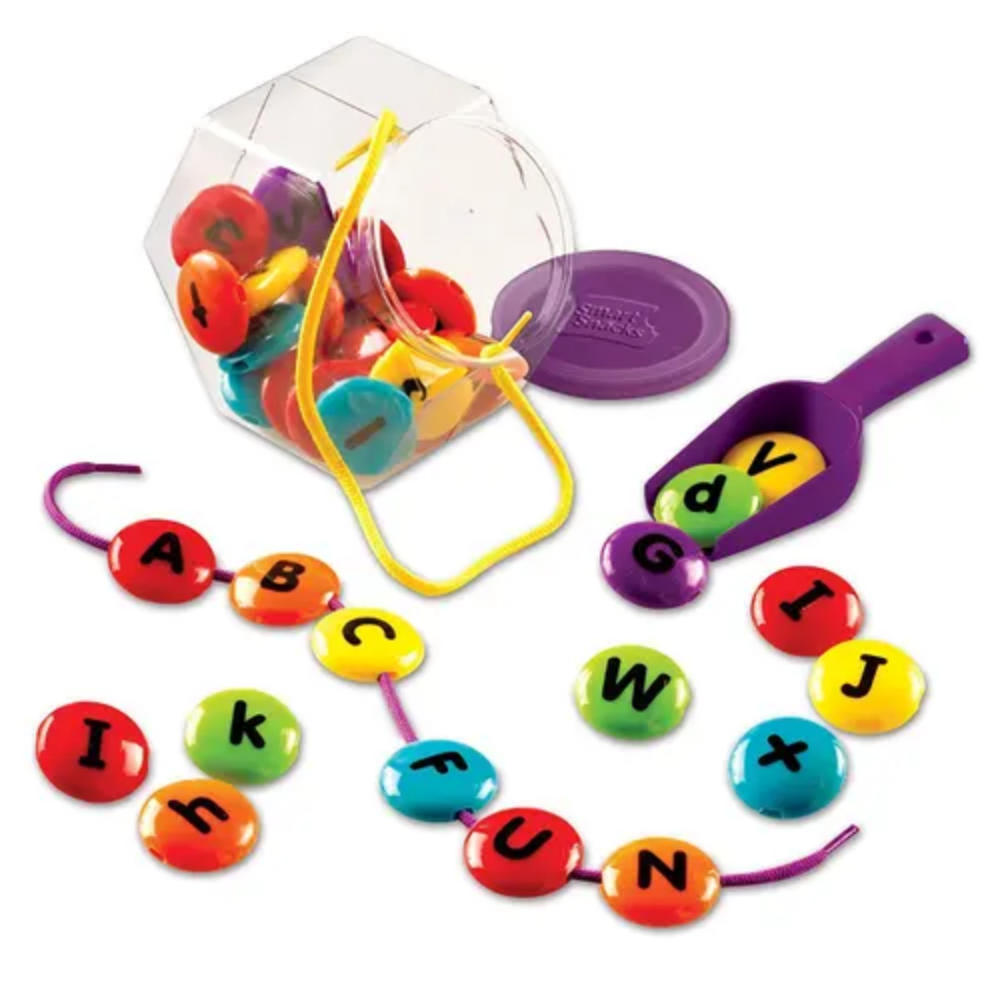
What to do when Back to School snuck up on you!
- Patria Lincoln Posted On Jul 15, 2020 | Back to School
The 2020-2021 school year is quickly approaching — eek! Between distance learning in the spring and a break for summer, it's fair to be concerned about the summer slide and wanting your child to start this school year on the right foot. While two weeks may not seem like much time to pack in a lot of learning, there is plenty of time to help your child get back in the swing of things.We sat down with a few teachers to discuss ways to help children prepare for the start of a new school year. Today we're sharing a few easy ways to transition back into a school oriented mindset with just a few weeks before the first day.
Read, read, read!
You're likely already doing this in your home! Incorporating reading in your day-to-day routine benefits a child through repetitive practice. Reading together and discussing what you have read is a great way to interact with your child and practice language acquisition and literary skills. If you have a preschooler, kindergartener or a first grader, teachers recommend that you read to or with them, while second graders or older should read to self, others or be read to. Carve out a little extra time before bed for reading time that will benefit your child's literacy skills and social emotional cognizance.Math Practices
Incorporating a little math practice into your child's day is as easy as 1-2-3! Using manipulatives that you can find around the house are an easy way to practice counting, addition and subtraction. Think cotton balls, coins, pom poms and other household items. Grab a handful of change and practice identifying how much different combinations are worth. Practice counting and addition/subtraction with pasta, coins, beads, etc.Here's what teachers suggest for each age group:- Preschool and kindergarten: counting practice, 1:1 correspondence and number recognition
- 1st and 2nd grade: addition and subtraction facts
- 3rd grade and older: addition, subtraction and multiplication facts.
 Shop UK Site
Shop UK Site 






































